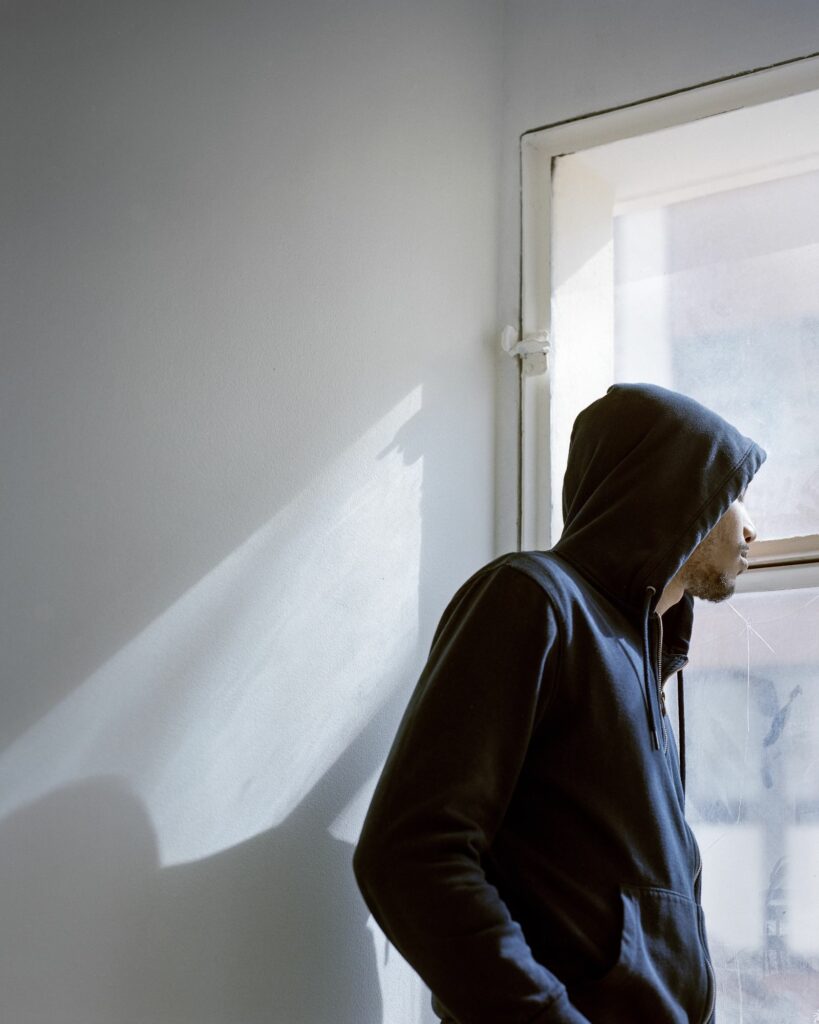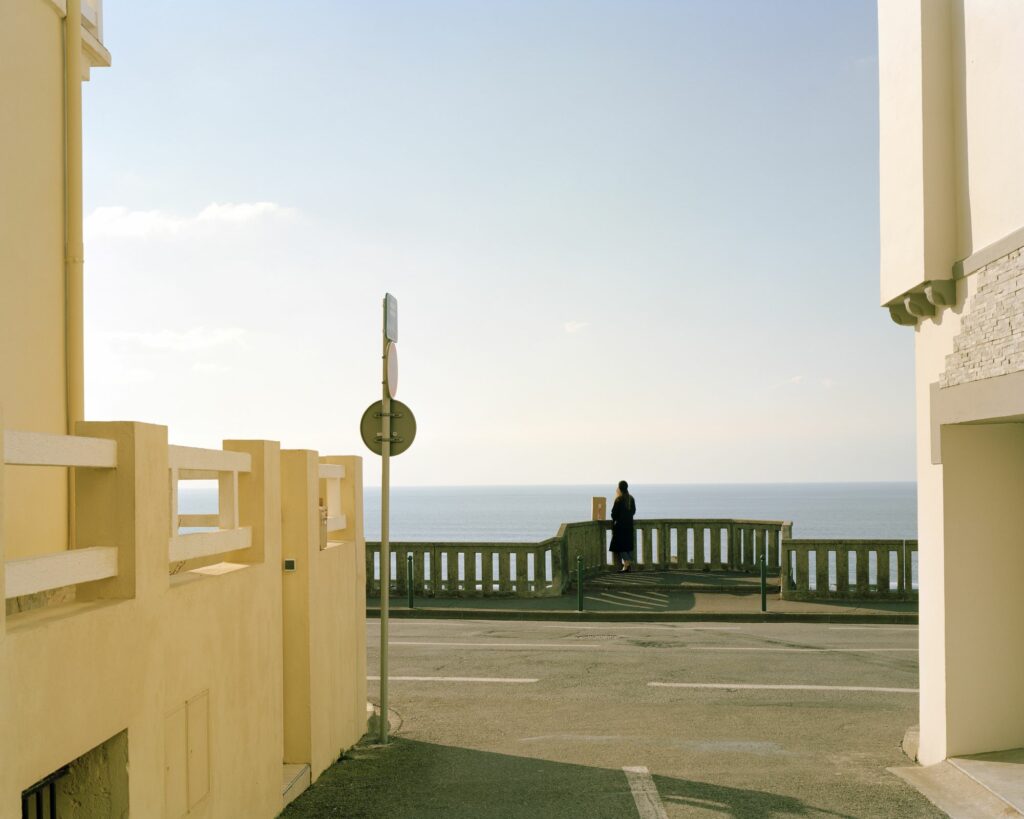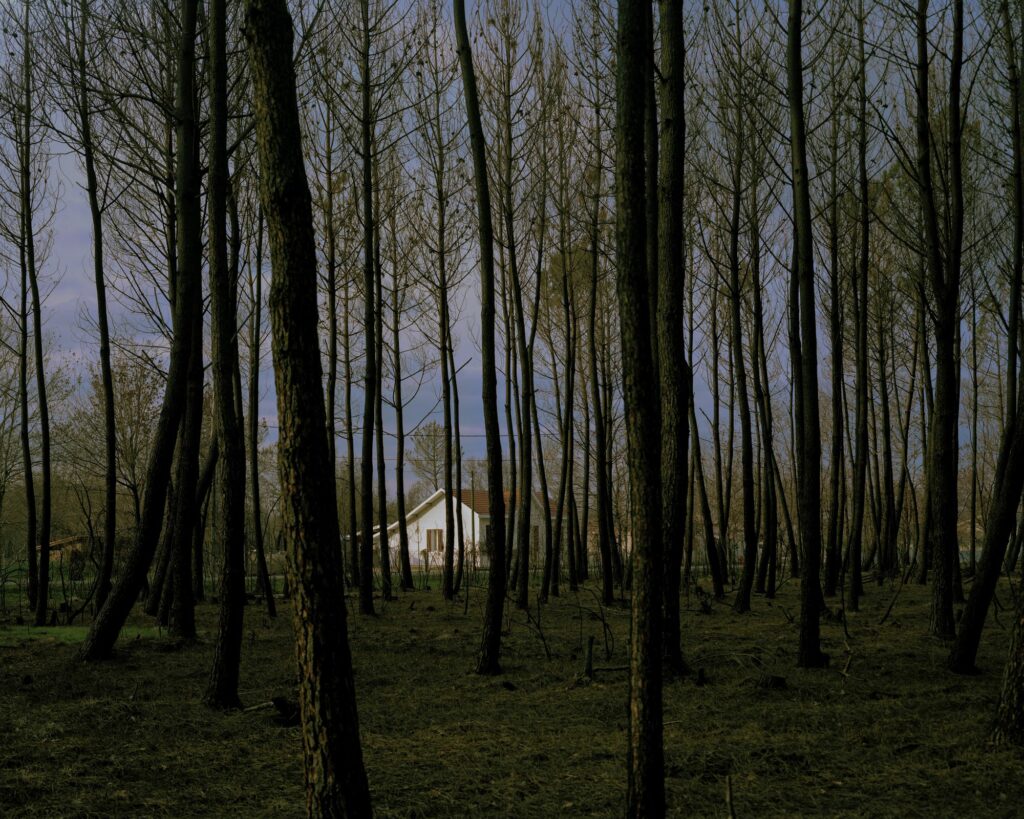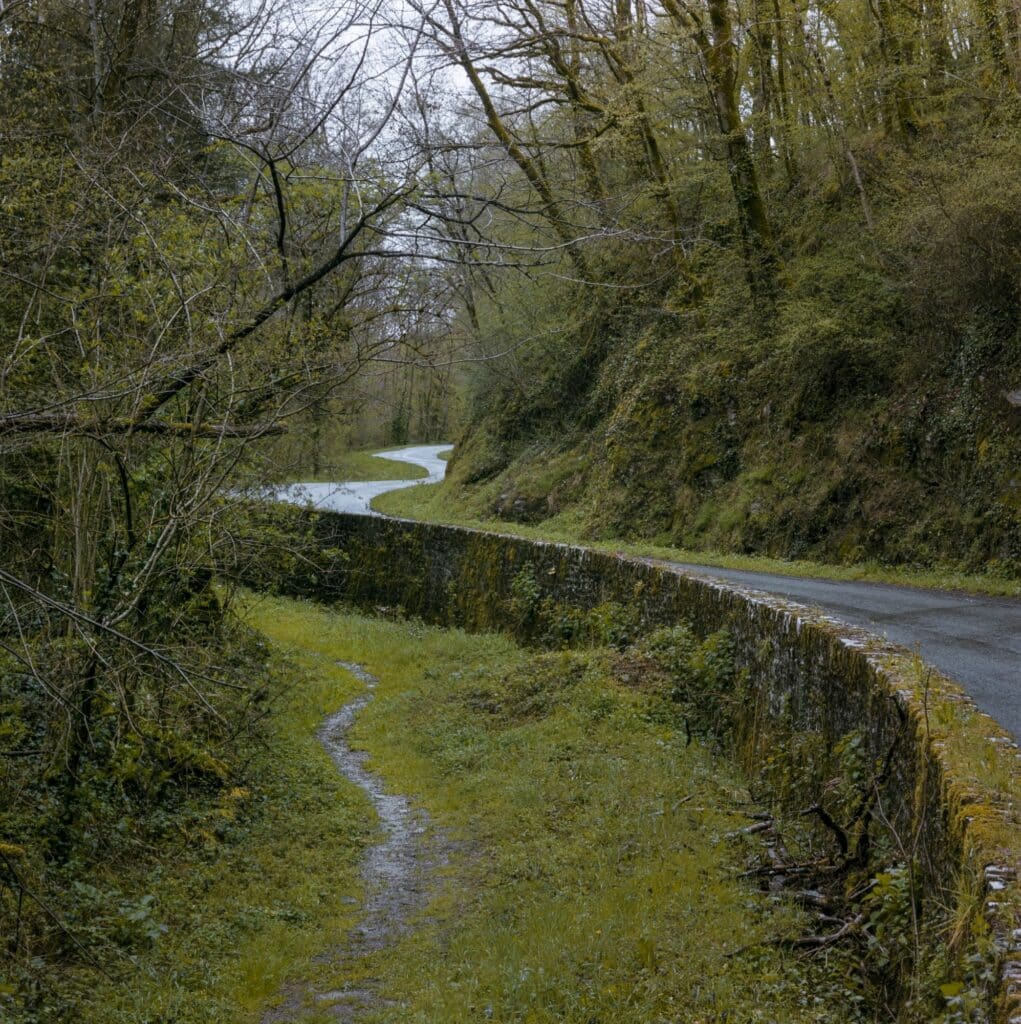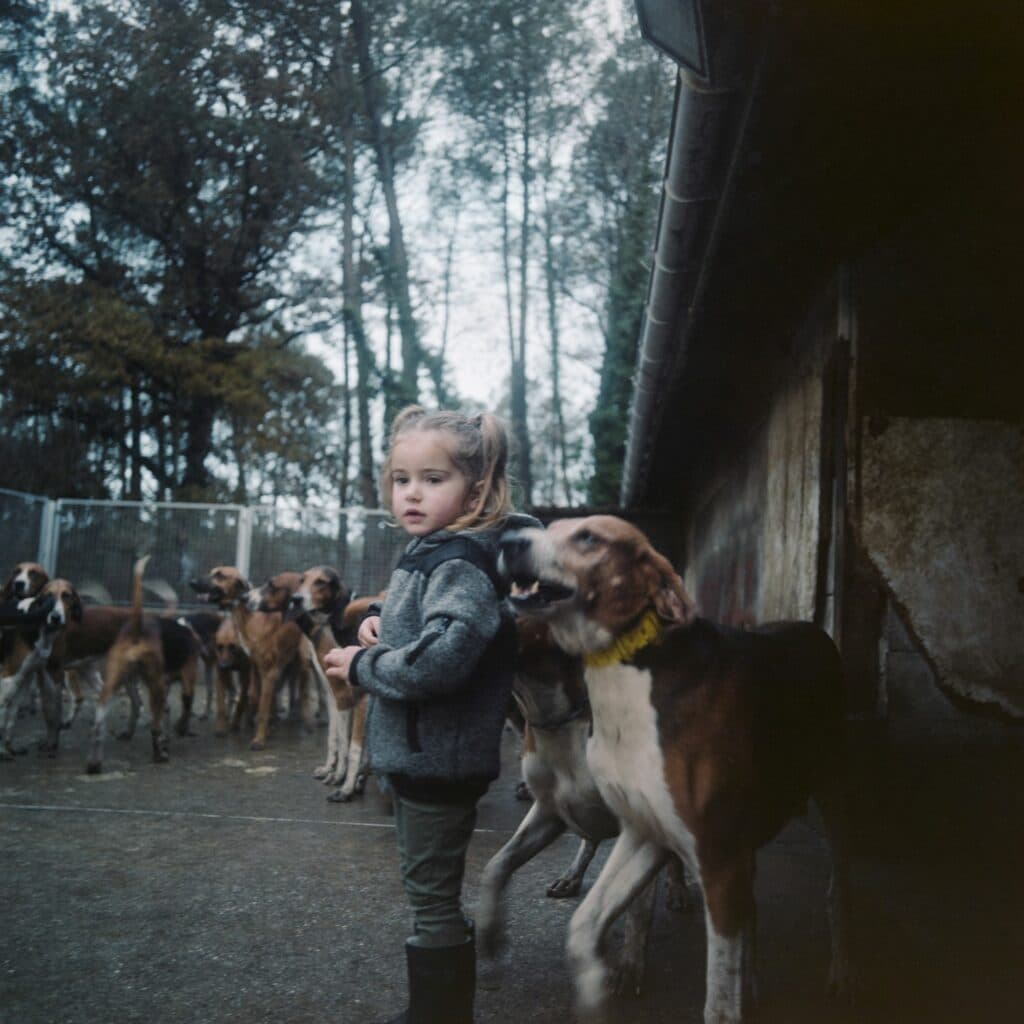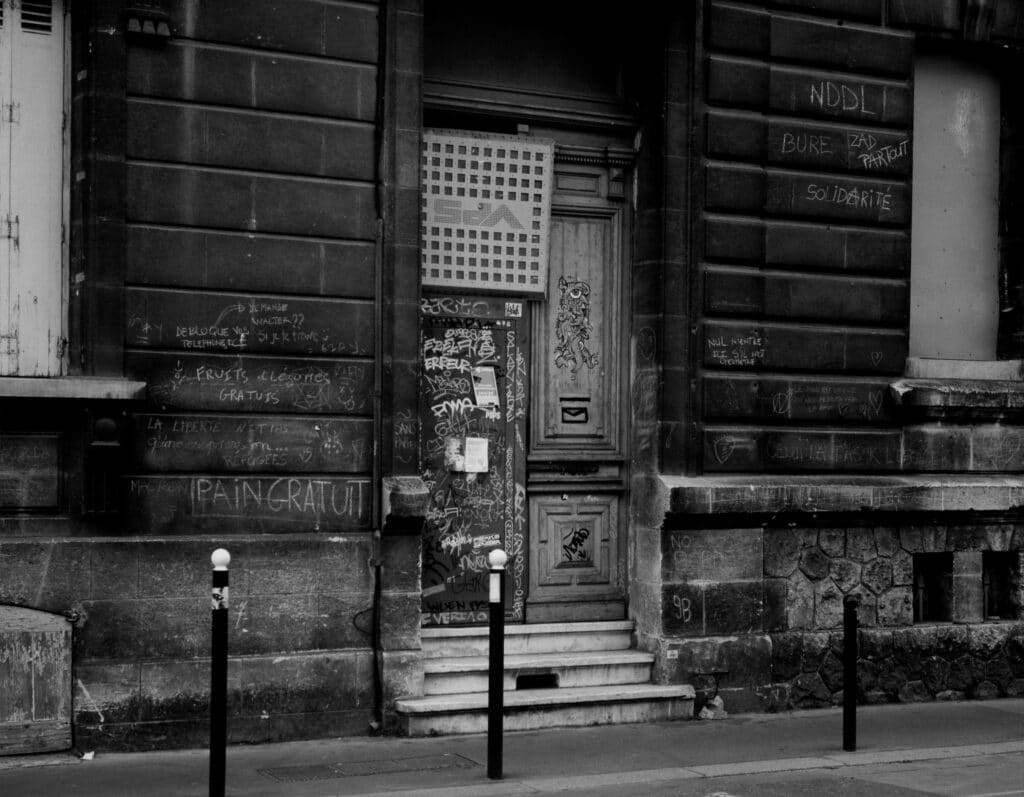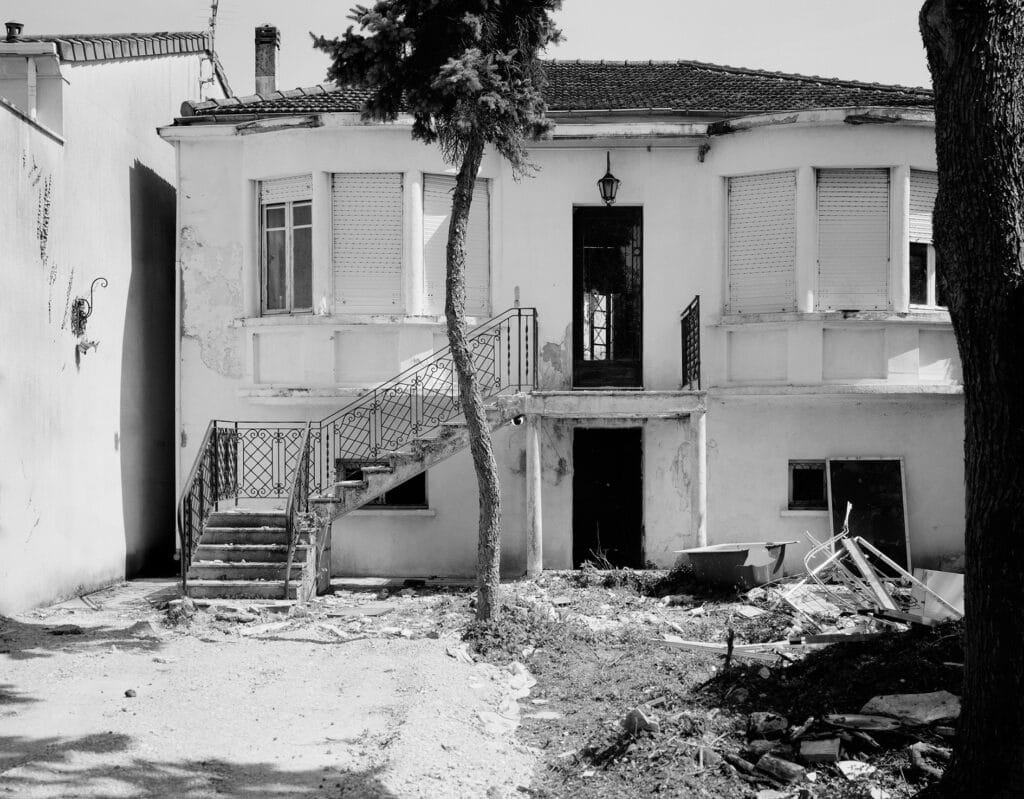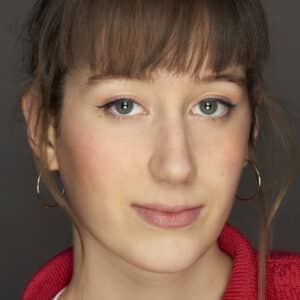Every April, the city of Bordeaux, in France, transforms itself into a place of artistic exploration as the Month of Photography takes center stage. Conceived as an itinerary showcasing emerging artists as well as established figures from the region’s scene, the event reshapes the city into a veritable open-air gallery. On the banks of the Garonne river in Bordeaux, the Frac Méca and its monumental architecture has not escaped this cultural rendezvous.
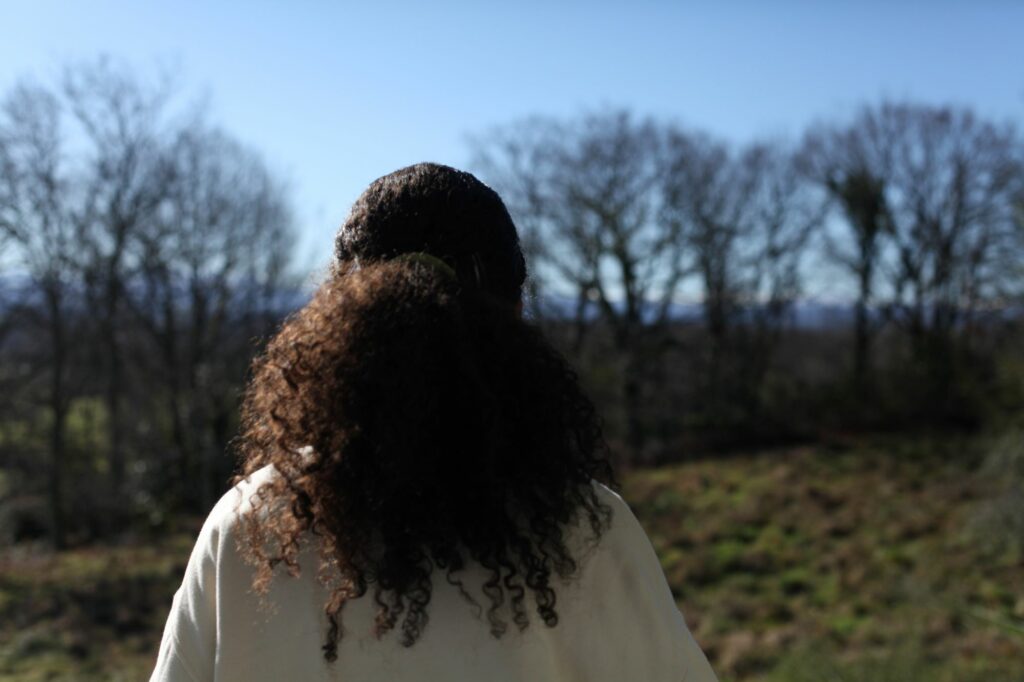
The Frac Méca, dedicated specifically to the Nouvelle-Aquitaine region, embodies a desire to support local contemporary artistic creation while promoting cultural exchanges on a national and international scale. And what better way to showcase the region than with a photo commission? Following in the footsteps of DATAR, which in 1983 launched a photographic commission to document the development of French regions through images captured by professional photographers, curator Gilles Mora decided to celebrate Nouvelle-Aquitaine through a photographic lens.
This time, the 9 artists were not given carte blanche: they were guided by a scientific committee – made up of experts in geography, sociology and urban planning – who defined the themes to be explored. These ranged from rurality and ecology to migration, identity and intercultural encounters, as in the case of Maitetxu Etcheverria’s series. Based in Bordeaux, the photographer focused on the Bidasoa, the coastal river in the Basque country that marks the border between France and Spain. Using a dialogue between landscapes and portraits, she gives a voice to the people who cross this border in the hope of a better life.
Maitetxu Etcheverria is not alone in highlighting these often marginalized voices. Bruno Serralongue has taken up a subject often neglected by the mainstream media. Reporting on a committed approach, he plunged into the heart of learning communities: circles of amateurs and enthusiasts who come together to share knowledge, skills and experiences in diverse fields such as the environment, crafts and culture. More than just showcasing the region, his work provokes critical reflection in a context of increasing globalization.
While each artist has dealt with his or her subject by surveying a major region of New Aquitaine, the one who has traveled the furthest is undoubtedly Hicham Gardaf. Based in London, he embarked on a journey along coastal and border roads, capturing the very essence of the New Aquitaine landscape. All is empty and silent: it’s as if we’re contemplating images of a confinement. From outdated storefronts to dilapidated billboards, he offers an authentic vision of the region’s market towns, capturing the ordinary aspects of a rural France little-known to foreign visitors.
The exhibition explores a variety of artistic media, from photography to video to installations, offering artists the opportunity to express their creativity through different formats. Some have chosen innovative approaches to highlight the often little-known realities of the region. Valérie Mréjen, for example, decided to use the postcard format to shed light on often overlooked aspects of the region. For her part, Noémie Goudal has pushed back the boundaries of relief and perspective with anamorphically printed photographs, bringing the Pyrenean mountains to life in a unique way.
Tatiana Lecomte’s installation, meanwhile, takes on a more personal, introspective dimension, delving into the buried depths of the region’s history. The artist, of Franco-German origin, was born in Bordeaux and has lived in Vienna for the past 25 years. Linking her individual history to the larger story, she went in search of the former internment camps of the Vichy regime. Travelling through these sites steeped in history, such as the Mérignac-Beaudésert camp and the Gurs camp, Lecomte captures the visible and invisible traces of the past. This documentary research is complemented by autobiographical elements such as travel photographs and archival objects. Fusing the intimate and the universal, Tatiana Lecomte’s work transcends simple visual representation to awaken buried memories and provoke reflection on questions of collective responsibility, justice and the duty to remember.
The exhibition offers a poignant retrospective of the events that marked the Nouvelle-Aquitaine region. In 2022, the Landes forest, Europe’s largest man-made forest, was ravaged by flames, leaving behind deep scars on soil and landscape. Against this backdrop of climate emergency, Chloe Dewe Mathews set out to document the history, evolution and memory of this emblematic forest. Through her photographs and the relics on display, she invites viewers to meditate on the complex relationship between humanity and nature.
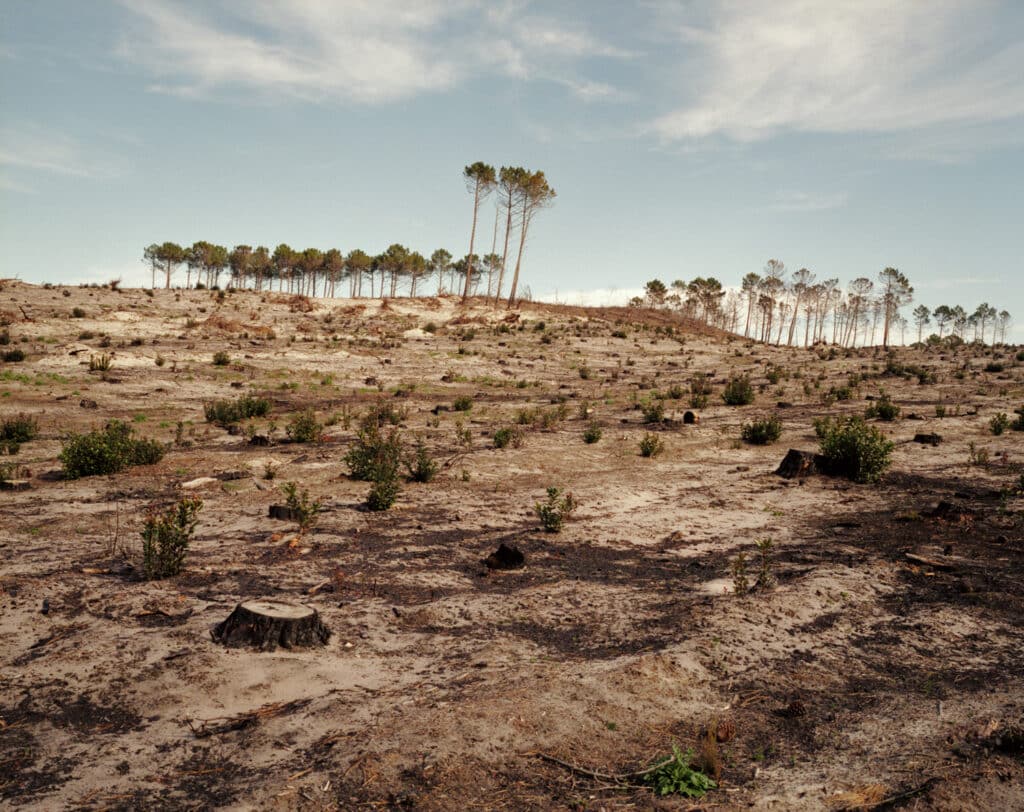
Jean-Luc Chapin has also explored this complex relationship in his artistic work. Seeking to present an alternative perspective on rurality and peasant life, he immersed himself in the day-to-day life of a family of shepherds and documented life on a pig farm, highlighting animal welfare and the harmonious coexistence between man and animal. His visual aesthetic, characterized by tones and compositions reminiscent of the Barbizon school, evokes a pictorial sentiment deeply rooted in 19th-century French Romanticism.
A more urban eye contrasts with the overall rural aspect of the exhibition: that of André Cepeda. Originally from Lisbon, he reveals the social and geographical transformations of Bordeaux and the surrounding area. Reflecting on the development of the city and the individualization of our practices as city-dwellers, his monochrome prints express his difficulty in blending into the landscape. The photographer himself admits that he has never been able to work serenely in Bordeaux, as he has always felt “rejected by the city itself”. In his images, the spectacular is banished. In his images, the spectacular is banished, showing a certain distance from the rather bourgeois and gleaming Bordeaux we usually see, in favor of the often neglected aspects of urban life.
Exhibition on view from April 5 to October 6, 2024 at Frac Nouvelle-Aquitaine MÉCA, 5 parvis Corto Maltese 33 800 Bordeaux, France.

